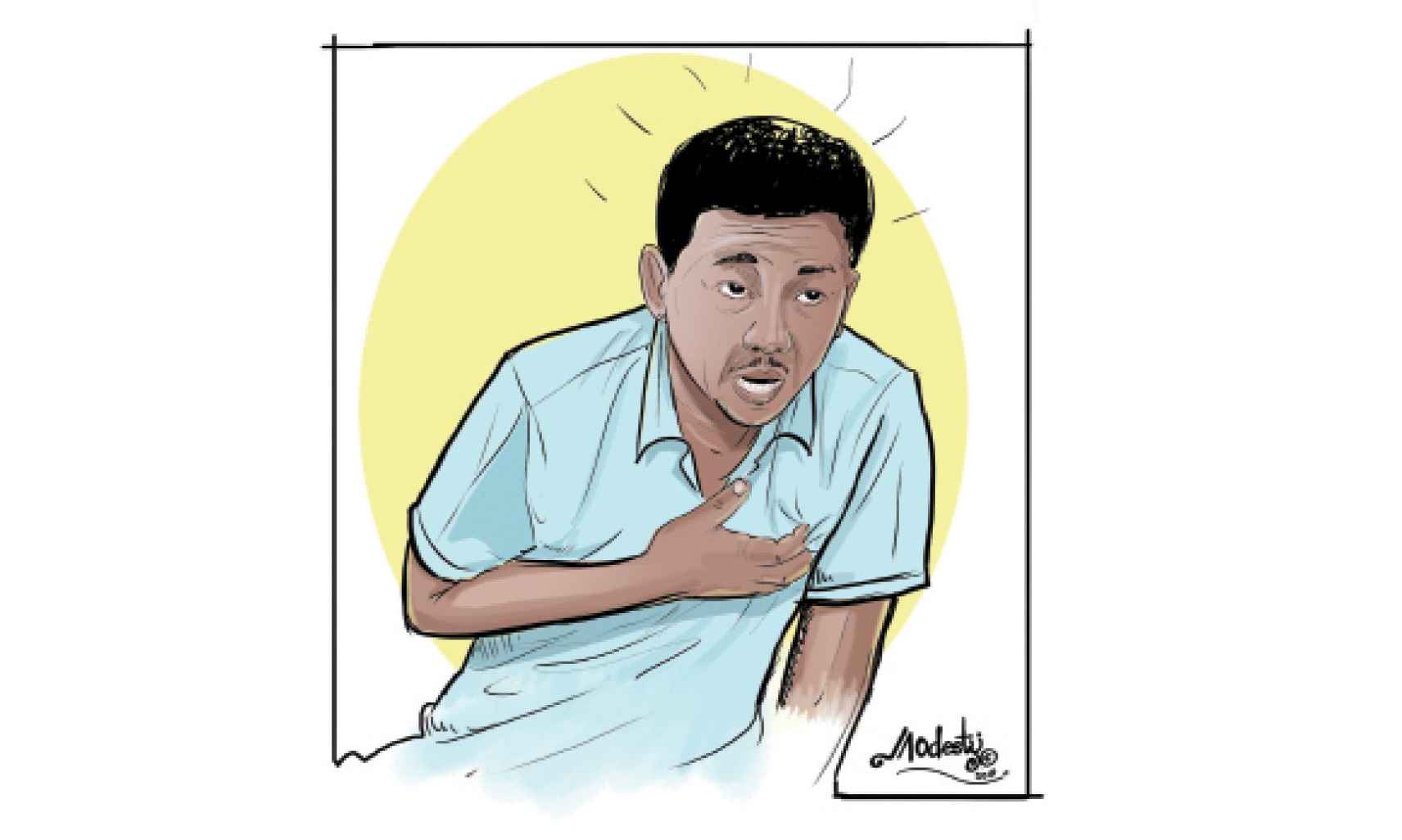Solomon suffers from Sickle Cell Disease (SCD) and regularly experiences attacks of pain also known as sickle-cell crisis.
Whenever he has a crisis, his family members have sleepless nights and spend days with him in the hospital.
A physiotherapist, Thomas Akingbade, said there were some exercise therapies that sickle sufferers could do with the aid of a physiotherapist to ease pain and help them live a healthy life.
He described SCD as an inherited disease in which the red blood cells in the human body are shaped like sickles with jagged edges as opposed to smooth oval or disc shapes.
He said in Nigeria, over 150,000 children are born annually with symptomatic sickle cell anaemia while one in four people are healthy carriers of the disease.
“At least 100,000 babies die from the disorder in Nigeria every year, according to a 2014 statistics by the World Health Organisation (WHO), making it the number one sickle-cell endemic country in Africa,” he said.
Thomas said, “the disease begins to manifest around four to six months and may result in a number of health problems such as attacks of pain otherwise known as “sickle-cell crisis, anaemia, swelling in the hands and feet, bacterial infections, and stroke. It can also cause lung issues, bone deterioration, asthma, hypertension, gallstones and even death. In general, symptoms can be mild for some and severe for others”.
He explained that bone marrow transplant, also known as stem cell transplant, offers the only potential cure for sickle cell anemia and that it is usually reserved for people younger than age 16 because risks increase for people older than 16.
He said areas where physiotherapists could involve exercise in the management of sickle patients for healthy living include: pain management, acute chest syndrome, musculoskeletal problems, and stroke recovery among others.
Thomas who is also a physiotherapist with Edo State Central Hospital, Benin, said it involved using movement, exercise, and manual therapy to help sickle cell patients, especially those affected by injury or disease.
“For sickle cell anemia, physiotherapy may be in the form of aerobic exercises, breathing exercises, and massages, or through devices such as transcutaneous electrical nerve stimulation (TENS).
TENS involves delivering a small electrical current that may disrupt pain sensors and relax muscles.
He said though there is still insufficient evidence to determine how effective this treatment is for reducing pain levels, physiotherapy should be tailored to the individual, reflecting patients’ limitations and the areas from which they could benefit most.
Pain management
Patients with sickle cell anemia can experience chronic pain, as well as sudden and debilitating pain. Physiotherapy can be used, often alongside medication, to help manage pain. For example, light exercise can improve blood flow and help manage the symptoms of the disease. Massage therapy carried out by a physiotherapist can help improve blood flow and relax the patient. This can reduce stress and pain, and therefore may improve quality of life.
Acute chest syndrome
Acute chest syndrome is a common complication in sickle cell anemia. It can be fatal if left untreated. Physiotherapy may help reduce the risk of acute chest syndrome and can help reduce the pain associated with it. For example, breathing exercises can help reduce the chance of lung infections and improve oxygen supply throughout the body. An incentive spirometer can also be used to make it easier to breathe deeply.
Musculoskeletal problems
Sickle cell anemia can cause a range of problems involving the bones, joints and muscles. For example, blockages in blood vessels in the hips can lead to the bone tissue dying (a condition known as avascular necrosis of the femoral head). This can cause the bone to collapse, resulting in hip deformities that can cause pain or limit movement. Physiotherapy exercises can help maintain or improve a patient’s range of motion, improve muscle strength, and reduce pain.
Stroke recovery
Ischemic stroke, caused by blockages in the blood vessels supplying the brain, can occur due to sickle cell anemia. Strokes can cause a range of problems, including movement difficulties such as muscle weakness, muscle stiffness, or muscle spasms. Physiotherapy can be essential in rehabilitating patients who have had stroke and may help them regain function. It may involve a tailored exercise programme to regain muscle strength and increase the range of movement.

 Join Daily Trust WhatsApp Community For Quick Access To News and Happenings Around You.
Join Daily Trust WhatsApp Community For Quick Access To News and Happenings Around You.

